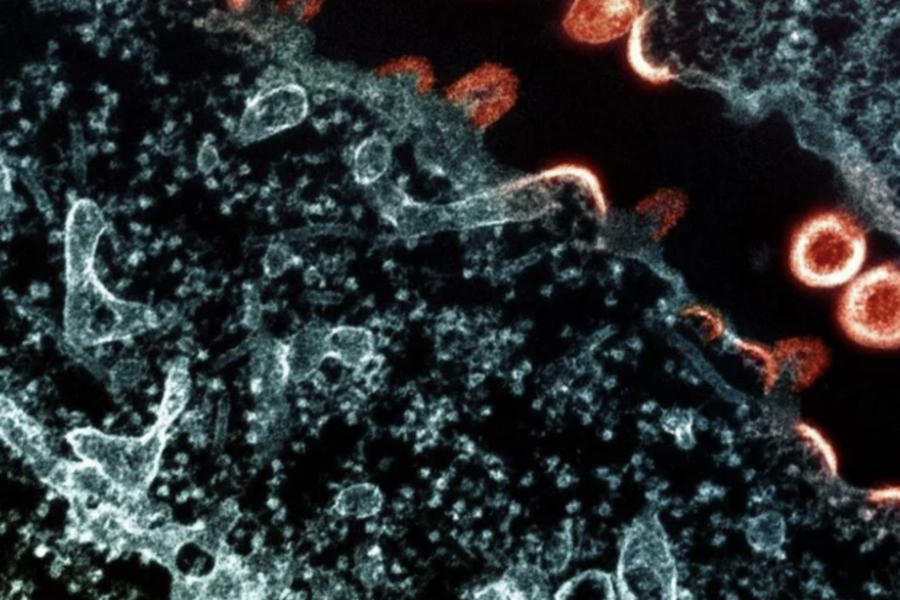PopSci Deadly viral pathogens include rabies, which is fatal without swift treatment, and the flu, which has a huge global toll. Over the first two years of the COVID-19 pandemic, the coronavirus directly or indirectly killed about 15 million people worldwide, according to estimates from the World Health Organization. In the United States, more people died in 2020 and 2021 than during the 1918 influenza pandemic, which was widely called the most deadly in recorded history. The word “deadly” certainly applies to the virus that causes COVID-19. And yet, epidemiologists hesitate to give SARS-CoV-2 the superlative of deadliest virus in human history. To them, the raw number of mortalities caused by a given virus doesn’t always paint the full picture of a pathogen’s danger—especially when comparing viral outbreaks across time.
Defining the deadliest virus
Instead of just looking at tallied mortalities, epidemiologists use a metric called the “case fatality rate” or “case fatality ratio” as a measure of how likely a virus is to be lethal. Essentially, it’s the proportion of infected people who end up dying, and therefore represents the likelihood that an infection will end in death.
Using the “case fatality rate” metric to determine what virus is the deadliest, rabies would likely come out on top. That’s because, if an infection becomes symptomatic, rabies is fatal to humans in more than 99 percent of cases. Globally, approximately 59,000 people die from rabies every year. Very few of those deaths—an average of two in the US—occur in the developed world because of rabies vaccines for household pets and swift medical interventions after bites.
But “a virus doesn’t have to have a very high case fatality ratio to cause a tremendous amount of death and disruption,” Nuzzo says. “It’s more about looking at the environments in which the viruses are spreading, and our social and human vulnerabilities to it.”
Raw mortality numbers have to be taken in the context of the world’s total population, says Jennifer Nuzzo, professor of epidemiology and director of the Pandemic Center at Brown University School of Public Health. “A lot of people talk about how COVID deaths eclipsed what we saw in 1918,” she says. “It’s really important to remember that the population of 1918 was a fraction of what it is today.” In that context, the flu of 1918 rises back up in the ranks in terms of deadliness.
A virus with a lower case fatality rate can kill more people if it’s highly transmissible, with a long period of time before severe or obvious symptoms set in. This allows an infected person to expose many others. That’s why SARS-CoV-2 caused such a rapid and devastating outbreak around the globe. It’s easily transmitted via airborne droplets, and doesn’t always or immediately cause severe illness.
Globalization sped it along, too. “When a virus spreads at the pace of a human being walking, that’s very different than when you can hop on an airplane and be anywhere in the world in 36 hours,” Nuzzo says.
